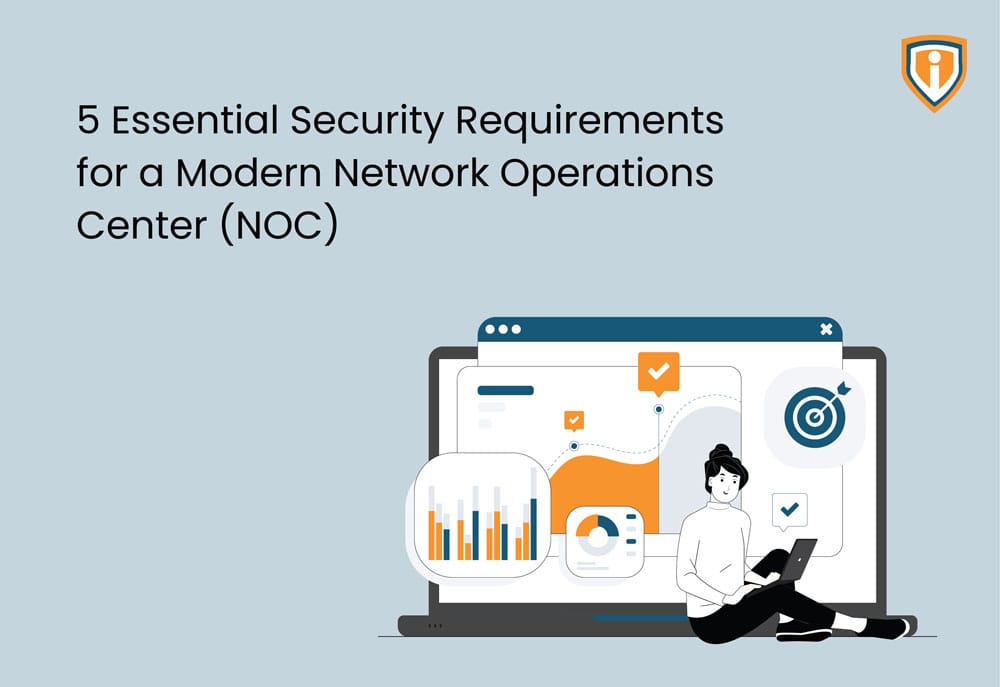A contemporary organization has dozens of everyday IT processes. To address a basic service request or raised ticket, you or your team members must do a number of easy, yet boring, steps. And when there are hundreds of raised tickets or service requests every day, every day for a year, it’s simple to become disoriented. This is why the notion of IT process automation has gained traction. It enables you to decrease the amount of manual procedures by automating some workflows, reducing the possibility of human mistakes.
Continue reading to learn how to increase the effectiveness of your department’s or MSP’s IT procedures
What is the definition of Business Process Automation (BPA)?
The use of technology to automate manual, repetitive operations so that people may focus on vital tasks is known as business process automation. Business process automation reduces costs, boosts productivity, and streamlines operations ranging from simple to complicated.
Business process automation should not be mistaken with business process management, a broader subject including the administration of complex organizational-wide processes utilizing various approaches.
What Is the Process of Business Process Automation?
Connections are used in business process automation. When you implement automation software, it is typically linked to other current or old systems in your tool stack via APIs. As a result, the system is able to link and bring data into a single location for usage in reporting, data analysis, and process automation.
Process automation also makes use of machine learning, thus the more data that is made available, the better the tool will perform by using its very own artificial intelligence and learning “on the job.”
Examples of Business Process Automation
Process automation is not appropriate for ad hoc or one-time operations or tasks. This technique is better suited to repeated operations with well-defined steps, sequences, and regulations. Automation guarantees that the business process is completed correctly every time – engaging the appropriate people, in the proper sequence, taking into account the relevant information, and within the period provided. A business process that has been defined and modeled is the first step towards increasing efficiency by eliminating superfluous processes and activities. While process automation objectives vary in every firm, the following are some areas that frequently benefit from process automation.
Employee Orientation and Training: Process automation can assist in easing recruiting and onboarding processes ranging from record handling to compliance and training. This results in a more rapid growth of an active and efficient employee.
Payroll and Payment Procedures: The quantity of gig workers and remote workers working in several areas has increased dramatically in recent years. Automated procedures can assist firms in streamlining both routine payroll tasks and the payment of contractors and outside vendors.
Recruitment: Process automation technologies may help you expedite numerous recruiting tasks, such as the ability to swiftly submit résumés and references, as well as process evaluations, rejections, and follow-ups, so you can locate and hire the finest personnel.
Workforce Planning: Employee scheduling is difficult to manage, especially when numerous locations and departments are involved. The ability to integrate time off requests and business travels across departments ensures that absences are covered and that HR and payroll departments can better automate administrative work.
Customer Satisfaction: In today’s competitive environment, it’s simpler than ever for your clients to leave if they encounter inconveniences and delays. Process automation aids in the creation of a more customized customer experience as well as the rapid and precise movement of customers through process flows.
More Standardised, Easier Billing: While accounting departments should ideally be in charge of invoice creation, this is not often the case. Invoicing systems that are automated can assist in reducing mistakes, accounting mix-ups, and even legal danger.
Compliance and Regulatory Responsibilities: A range of corporate procedures must conform to compliance and regulatory regulations. Process automation systems log files and provide a visible data trail, allowing for real-time monitoring and analysis of these actions. Managers, for example, may validate that all potentially harmful systems have properly completed and documented the essential shut-down safety measures before allowing maintenance workers access to power plant workings.
Common IT Process Automation Domains
Let’s describe a few of the most well-known areas in a department of information technology or for a managed IT service provider:
Requests for Service or Changes- Your efforts with the tickets are only the tip of the iceberg. Service offered to the organization and change management constitutes the real effort that goes into it. Such requests may be automatically allocated to a member of your team, and checklist-based standard automated subtasks can be produced. When the work is completed, the team leader will be alerted.
Escalation and Triage– At the outset, the work of contemporary IT departments and MSPs is based on working with tickets. These tickets range in terms of complexity, subject matter, and urgency. As a result, they must be handled and allotted differently. If your support team manages triage and escalation manually, hundreds of tickets every day may be neglected, misplaced, or postponed for no apparent reason. As a result, you should make full use of your ticketing system. Most current systems allow you to create a flexible and automated approach for scripted replies, ticket assignments, and alerts to clients and support teams. You will also be able to generate automatic reports on resolved and unresolved tickets.
Asset Administration– Your equipment and licenses are always moving, and you should keep track of their whereabouts. Licenses expire, hardware becomes obsolete and must be replaced, and you are continuously required to install new software, onboard new staff, and shift devices to various departments. Asset monitoring and management can and ought to be automated from the beginning of an organization. Certain manual techniques may be sufficient for a small team. However, if you reach tens of devices, an automated method is preferable. This will save you money on underused and mismanaged IT assets.
What Are the Advantages of Process Automation Tools?
Every day, the value that automation technologies provide to enterprises grows. To begin, consider the current worker structure. Your financial staff may be in New York, your product team in Europe, and other independent contractors executing duties all around the world.
Not only should you be concerned about whether or not work is getting done, but also about whether or not all of your company’s and customers’ data is safe and secure.
Process automation solutions provide several advantages to teams of any size. Along with increasing productivity by streamlining processes, process automation solutions also aid by:
Reporting in Great Detail: Automation solutions provide reports and have access to real-time data, allowing you to keep a pulse on how your organization is performing.
Increasing Visibility: When you are privy to an automated tool, you can observe what’s going on no matter where your staff is. This promotes responsibility and communication across departments.
Error Reduction: Because automation eliminates the need for extensive manual effort, it naturally leads to a reduction in human mistakes. Errors may be costly and possibly damaging to your reputation, so it’s best to avoid them wherever possible.
Increasing Accessibility: The best automation technologies will function on-premises or in the cloud. Our system may function in the cloud, allowing you to access your data and information immediately and without delay. Whatever amount of data you need to extract or evaluate, it is all saved in a centralized location to meet your demands.
Promoting high-level work: Instead of encumbering your highly trained personnel with physical activities, you may devote their time to creative jobs and obligations that demand the human intellect.
Securing Information: With the massive volumes of data that are being generated every day, security is always a top consideration. Automation tools will automatically save your data and preserve the privacy of your company.
Business Process Automation Best Practices
Simply registering for a business process automation solution does not ensure success. To automate your company procedures, you’ll need to adopt a realistic, comprehensive approach.
The following ideas can help you succeed with automation-
- Begin with having a clear grasp of what tasks are involved, who is accountable for them, and when each job is to be completed.
- A staged strategy to measure results is recommended. Many organizations are dissatisfied when results do not appear overnight.
- When automating a business process, make sure you have well-stated goals. This will save a significant amount of time in coarse adjustment.
- To get a strong ROI, keep a long-term perspective.
- Invest sufficient time in staff training and allow for a transition period.
- Where possible, use ready-made solutions.
Final Words
Everything will be dependent on IT in 2021, at least to some level. The solutions, methods, and procedures developed to support all of that become intricately intertwined. There are a great deal of procedures, and you must carry out a sizable number of activities in order to support these processes. As a result, as an IT expert, you must be always aware of IT process automation.





